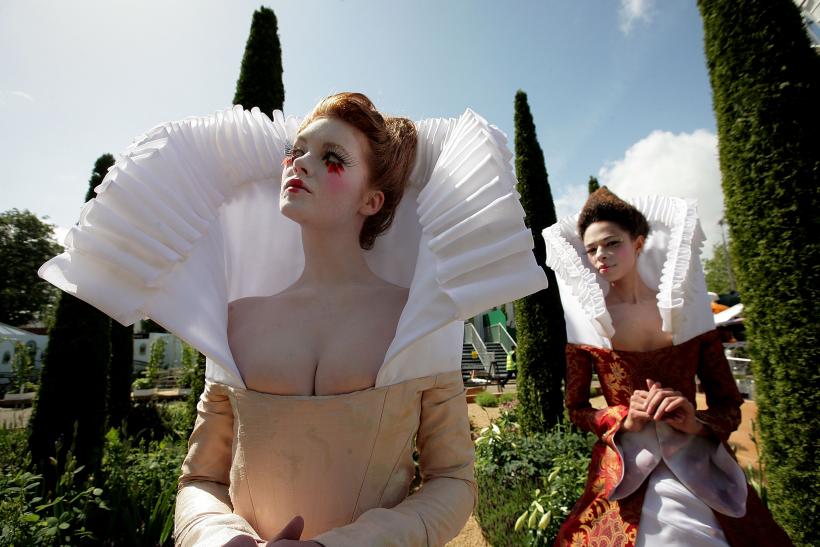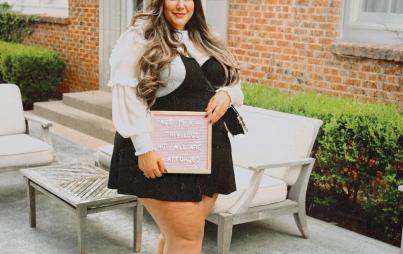
From Spanx, to stilettos to plastic surgery, women of the modern age are clearly more-than-willing to endure some pain to keep up with current trends and pursue our societal dream of perpetual youth.
But there are some fashion crazes of the past that can legitimately toss their hat in the ring of bodily-injury—and sometimes death. We all know about corsets and foot-binding, but here we’ve got three lesser-known beauty blasts from the past sure to make you grateful to live in the here and now.
Decorative Tooth Rot
Sugar may be the opiate of the masses today, but in the Elizabethan era this white magic was both rare and pricey. That means only the rich could access its sweet charms . . . and its resulting tooth decay. Oral hygiene, like regular hygiene, left much to be desired in those days—resulting in decidedly greying smiles among the elite.
But because it’s a universal trait of human nature to laud the trends of the rich and famous, aristocratic rotting teeth became en vogue, temporarily spawning a fad among commoners to fake bacteria-filled smiles by masking their teeth with black powder. Mmm. So much for pearly whites.
Happily, as sugar became more ubiquitous and toothaches grew old, the trend ceased to be chic—though gingivitis still hung around.
That Perfect Shade of Arsenic Green
Amid their general enthusiasm for all over-the-top décor, Victorians went gaga for a certain shade of bright green fabric created by a very particular combination of chemicals. And the starring player in this dye concoction was that utterly toxic, all-purpose substance of centuries past: Arsenic.
Arsenic poisoning is no walk in the park—symptoms can include vomiting, diarrhea, heart trouble, delirium, cancer and of course, death. So it was undoubtedly (literally) a pain in the ass to wear this glamorous green fabric. But as undignified as it may have been for the wearers (who typically only occasionally wore it as a festive and pricey garment), poisoning was all the more acute for garment-dyers and dressmakers, who inhaled and absorbed arsenic in much greater quantities.
Exploding Accessories
Tortoiseshell-patterns have a long fashion history, though the methods used to make them have varied greatly. Initially these accessories were creafted from literal tortoiseshell, only to be replaced in the 1800s with a new and utterly flammable celluloid compound. Suddenly cheaper and easier to make, these faux-tortoiseshell accessories—ranging from women’s combs to buttons, and strangely even to dentures—quickly gained popularity.
Unfortunately, simply exposing these shell-esque items to a heat source was enough to light ‘em up, and they became the culprits behind a number of significant fires—both in consumers’ homes and in the factories where they were made. And let’s just say factory safety standards weren’t terribly rigorous back in this heyday of the Industrial Revolution.
So there you have it!
Three shining examples of decorative vanity that left avant garde adherents worse for the wear. Gotta say though, I do kind of like the mentality behind the Elizabethan embrace of decaying teeth. If only we could get some trends going that make it absolutely de rigueur to have wrinkles, cellulite and saggy boobs, we’d all have a lot less to concern ourselves with as the sands of time accumulate.
Image: Thinkstock






